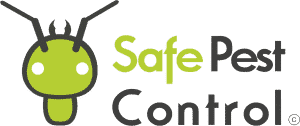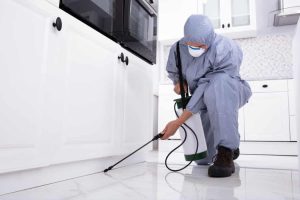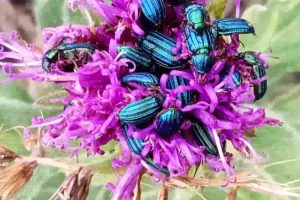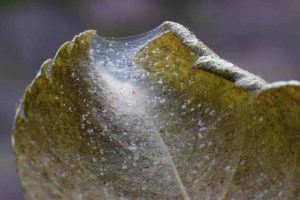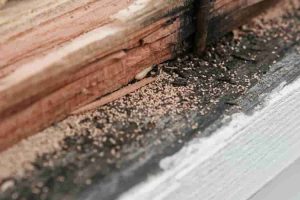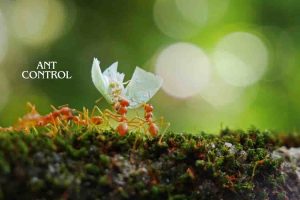Ensuring the safety of children in schools and daycare centers is our top priority. Effective pest control is crucial to maintaining a healthy environment where children can learn and play without risks from pests. Pests like rodents, termites, and wasps not only pose health threats but can also cause significant structural damage, disrupt activities, and create an unhealthy atmosphere.
We must take proactive measures in pest management to protect these sensitive places. Schools and daycare centers are required to follow strict regulations, often needing at least five days’ notice before applying pesticides near their boundaries. This ensures that both the children and staff are adequately informed and prepared, minimizing potential exposure to harmful chemicals.
Regular inspections and integrated pest management strategies help keep pests at bay while reducing the reliance on chemical solutions. By prioritizing safe and effective pest control methods, we create a safer environment for our children to grow, learn, and thrive.
Understanding Pest Management in Educational Settings
Proper pest management in schools and daycare centers is crucial for maintaining a safe and healthy environment for children and staff. We will delve into key elements like effective pest control strategies and the importance of integrated pest management (IPM).
Overview of Pest Management
Pest management in educational settings involves eliminating and preventing pests such as rodents, insects, and birds. These pests can spread diseases and cause damage to property.
By using a combination of monitoring, sanitation, and exclusion techniques, we can reduce the need for pesticides, enhancing safety for everyone involved.
Key components include regular inspections, identifying problem areas, and immediate action plans when pests are detected.
Importance of IPM in Schools and Daycare Centers
Integrated Pest Management (IPM) is vital in educational environments. IPM focuses on long-term prevention and combines various pest control methods to minimize risks.
It emphasizes using the least harmful pesticides and other chemicals, ensuring safety for children.
IPM strategies include education, environmental health measures, and physical controls. Following IPM principles helps us align with EPA guidelines ensuring public health and environmental safety.
Health Risks Associated with Pests and Pesticides
Pests and pesticides can pose significant health risks. Understanding these risks is crucial to ensure the safety of everyone, especially vulnerable children in schools and daycare centers.
Pests and Disease Transmission
Pests such as cockroaches and rodents carry diseases that can affect both children and adults. Cockroaches can trigger asthma and allergies, while rodents can spread diseases like Hantavirus and Salmonella. These pests contaminate food and surfaces, creating unhealthy environments. In schools and daycare centers, this exposure is especially dangerous for vulnerable children whose immune systems are still developing.
Rodents can also cause structural damage, increasing the risk of injuries. The diseases they carry can spread quickly, making timely pest control essential. By preventing infestations, we safeguard the health and well-being of children and adults.
Pesticide Exposure and Its Effects
While pesticides are used to control pests, they come with their own health risks. Prolonged or improper exposure to pesticides can lead to serious health issues. For children, these issues include neurological and neurodevelopmental problems. Children are more vulnerable to these toxins due to their smaller size and developing systems.
Adults working in these environments are also at risk. Symptoms of pesticide exposure can range from mild skin irritation to severe respiratory problems. It’s crucial to handle these substances safely and ensure that everyone is protected. Using pesticides responsibly helps us maintain healthy and safe environments for everyone.
By knowing the risks associated with pests and pesticides, we can make informed decisions about pest control practices in our schools and daycare centers.
Implementing IPM Strategies in Child Education Facilities
Implementing Integrated Pest Management (IPM) in child education facilities involves several key steps. These include understanding the essential components of IPM programs and ensuring that staff receive proper training.
Key Components of IPM Programs
IPM programs focus on preventing, monitoring, and managing pests using safe, effective, and sustainable practices. The foundation of IPM is prevention, which entails sealing cracks and crevices, maintaining clean environments by removing food and water sources, and regularly inspecting facilities for signs of pest activity.
Monitoring becomes critical as it helps identify pest problems early. This can involve sticky traps, regular visual inspections, and maintaining detailed records. Effective pest management should prioritize non-chemical controls like physical barriers and biological controls. Chemical treatments are considered last and chosen for their minimal impact on human health, especially crucial in environments with young children.
Another essential part of IPM is evaluation. Regular assessments ensure that the strategies are effective and modifications can be made as needed. It’s vital to keep an IPM checklist and use it during routine inspections to ensure all practices are followed diligently.
Training and Education for Staff
Training for child care staff is integral to the success of any IPM program. Staff knowledge about IPM practices can significantly influence the program’s effectiveness. Training sessions should cover the basics of pest biology, identification, and control methods used in IPM. It is important for us to include hands-on activities, such as demonstrating how to install traps and properly seal entry points.
Additionally, a train-the-trainer intervention can be beneficial, where a few staff members receive intensive training and then pass on that knowledge to the rest. This ensures consistent understanding and practices among all staff members. Training should also be ongoing, with regular refreshers and updates on new IPM techniques and regulations.
Evaluation tools, like surveys and direct observation, can help measure the effectiveness of training programs and pinpoint areas needing improvement. Child care centers should emphasize the importance of keeping updated logs and records to track pest activity and response actions taken.
By focusing on both the technical components of IPM and thorough staff training, we can create safer and healthier environments for children.
Regulations and Best Practices for Pest Control in Schools and Daycare Centers
Ensuring a safe and healthy environment in schools and daycare centers requires strict adherence to pest control regulations and best practices. This involves understanding and complying with legal requirements, choosing proper pesticide products, and being prepared for any emergencies that might arise.
Compliance with Regulations
We must follow state and federal regulations to ensure the safety of children. According to the NSW Environment Protection, schools and childcare centers are classified as “sensitive places” under the Pesticides Regulation 2017. Whenever pesticides are applied within 20 meters of a shared boundary, a minimum of five days’ notice is required.
Key Compliance Requirements:
- Adhering to the Healthy Schools Act
- Ensuring proper record-keeping of pesticide use
- Following guidelines for integrated pest management
Regular technical assistance from certified pest control professionals can help maintain compliance and safety standards.
Pesticide Product Knowledge and Notification
Understanding the properties and effects of pesticide products is crucial. It is our responsibility to choose suitable pesticides that minimize risk to children and staff. We should rely on reputable sources for advice on pest management and make informed decisions on pesticide use.
Notification Best Practices:
- Providing written notification to parents and staff at least five days in advance
- Displaying warning signs in areas where pesticides are applied
- Keeping detailed records of all pesticide applications
Regular feedback from the school community helps us stay informed and responsive to concerns about pesticide use.
Emergency Preparedness and Response
Emergencies related to pest control, such as accidental exposure to pesticides, require prompt and effective action. Having a clear emergency response plan ensures we can handle such incidents efficiently.
Emergency Measures:
- Developing a comprehensive emergency preparedness plan
- Training staff on emergency procedures and first aid
- Establishing clear communication channels for reporting incidents
Staying proactive about emergency preparedness helps us protect the health and safety of everyone in the school environment.
On-Time Service

5 STAR SERVICE BASED ON 100+ GOOGLE REVIEWS
PET & FAMILY FRIENDLY TREATMENT
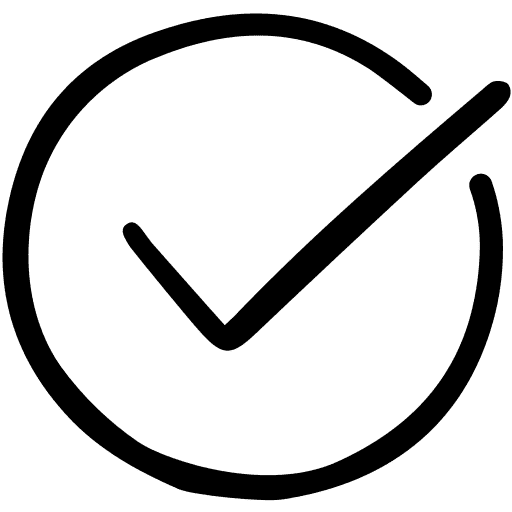
ALL YEAR-ROUND PROTECTION
Take Back Control Now
8
REASON TO CHOOSE SAFE PEST CONTROL
- Guarantee protection all year-round
- 30 Years Collective Experience
- An impeccable reputation across Sydney's Suburbs
- Certified treatments & written Warranty On all work carried out
- Family Owned & Operated
- Rated #1 Pest Control In Sydney NSW
- No Mess, No Smell
- Family & Pet Friendly Treatments
REQUEST A QUOTE
